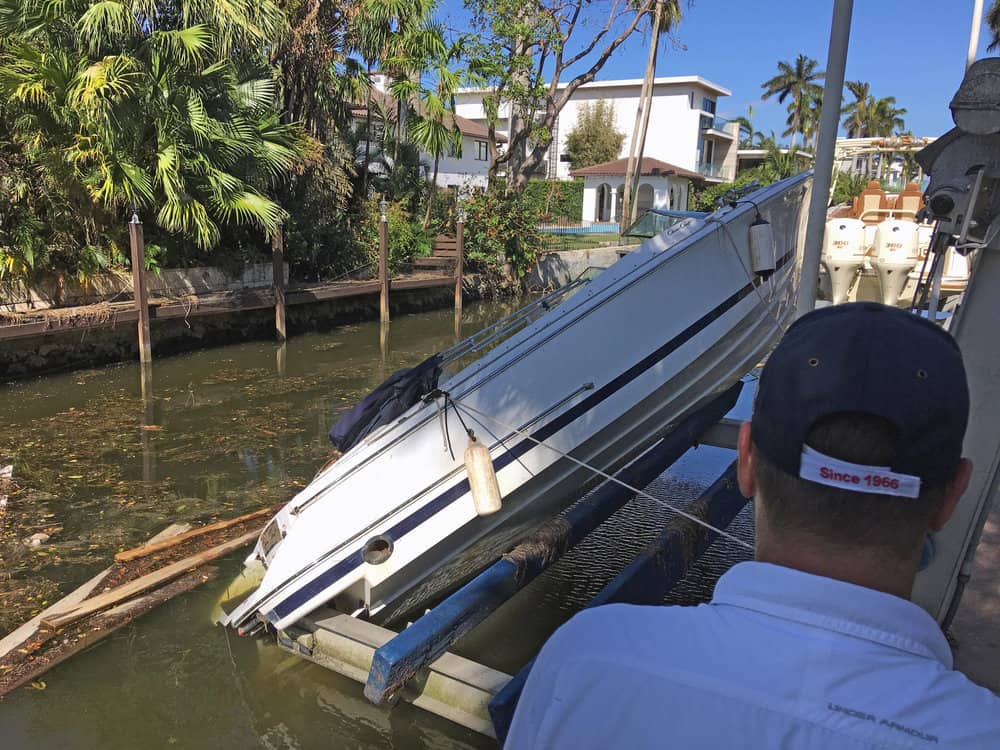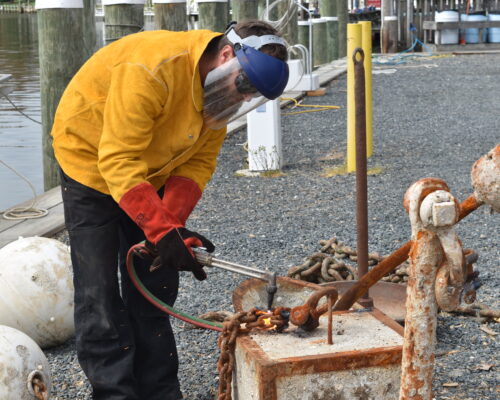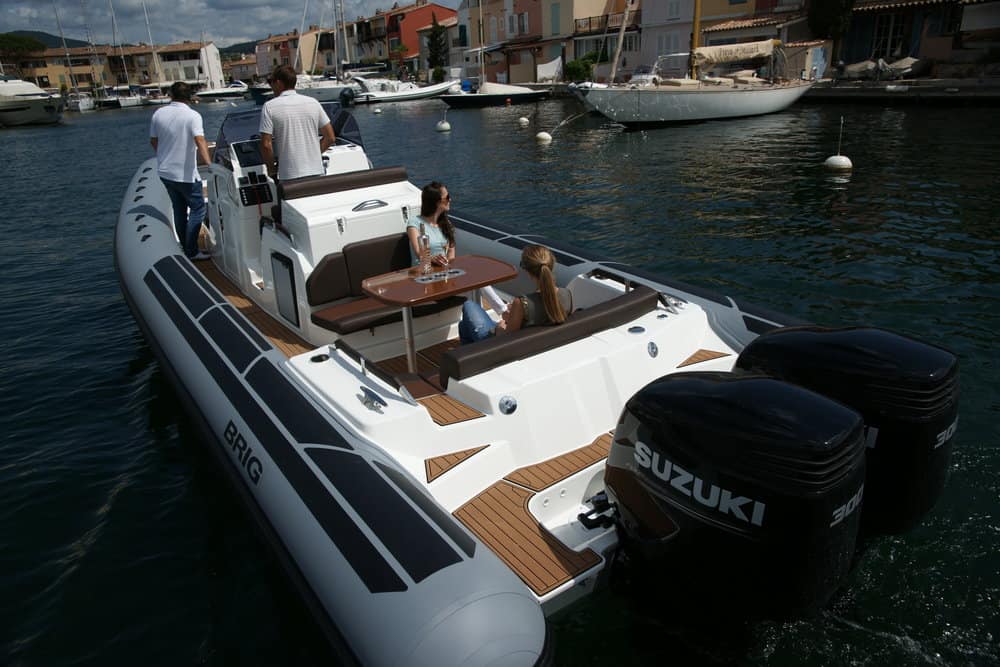Buyer beware. BoatUS wants anyone looking to buy a used boat in 2018 to be aware of the “storm-damaged lemons” that are likely lurking among perfectly good pre-owned boats.
More than 63,000 boats were damaged in Hurricanes Harvey and Irma. Many will be repaired and have years of life left on the water, but other could be hiding major problems.
BoatUS, the nation’s biggest recreational boat owners’ association, is urging buyers to get a prepurchase survey (known as a Condition and Value survey).
“It’s not that you don’t want to buy a boat that’s been repaired, but you should have full knowledge of the repairs and know they were done correctly. It’s a transparency issue that will help you negotiate a fair price,” said BoatUS Consumer Affairs Director Charles Fort.
BoatUS offers eight tips to help you spot a boat that might have been badly damaged in a storm:
- Trace the history. When a car is totaled, the title is branded as salvaged or rebuilt, and buyers know up front that there was major damage at some point in the car’s history. But only a few states brand salvaged boats – Florida and Texas do not – and some states don’t require titles for boats. Anyone wishing to obscure a boat’s history need only cross state lines to avoid detection, which can be a tipoff. Look for recent gaps in the boat’s ownership, which may mean that it was at an auction or in a repair yard for a long time.
- Look for recent hull repairs. Especially on older boats, matching gelcoat is very difficult. Mismatched colors around a repaired area are often a giveaway and may signal nothing more than filler under the gelcoat, rather than a proper fiberglass repair.
- Look for new repairs or sealant at the hull-to-deck joint. Boats that bang against a dock during a storm often suffer damage there.
- Evidence of sinking. Check for consistent corrosion on interior hardware, such as rust on all hinges and drawer pulls. You might be able to spot an interior waterline inside a locker or an area hidden behind an interior structure.
- Corrosion in the electrical system. Corrosion on electrical items, such as lamps, connectors and behind breaker panels might mean the boat sank recently. Does the boat have all new electronics? Why?
- Look for evidence of major interior repairs. Fresh paint or gelcoat work on the inside of the hull and engine room is usually obvious. All new cushions and curtains may be a tipoff, too.
- Look for fresh paint on the engine. It may be covering exterior rust as well as interior damage.
- Ask the seller. In some states, a seller isn’t required to disclose if a boat was badly damaged unless you ask. If the seller hems and haws, keep looking.
Click here to learn more about marine surveys.




